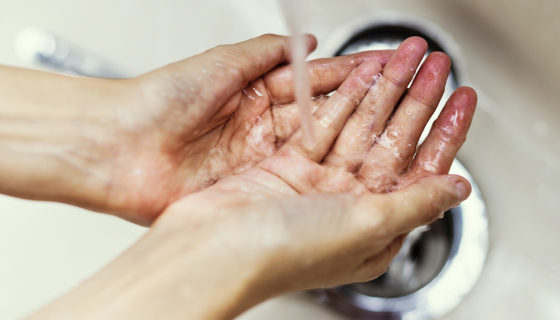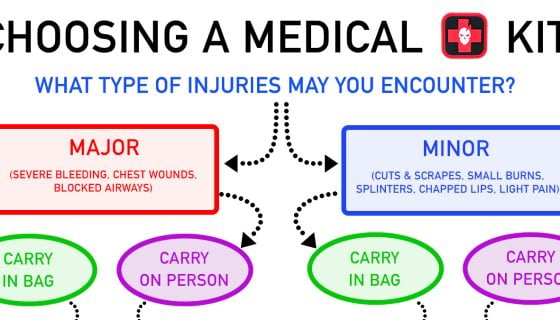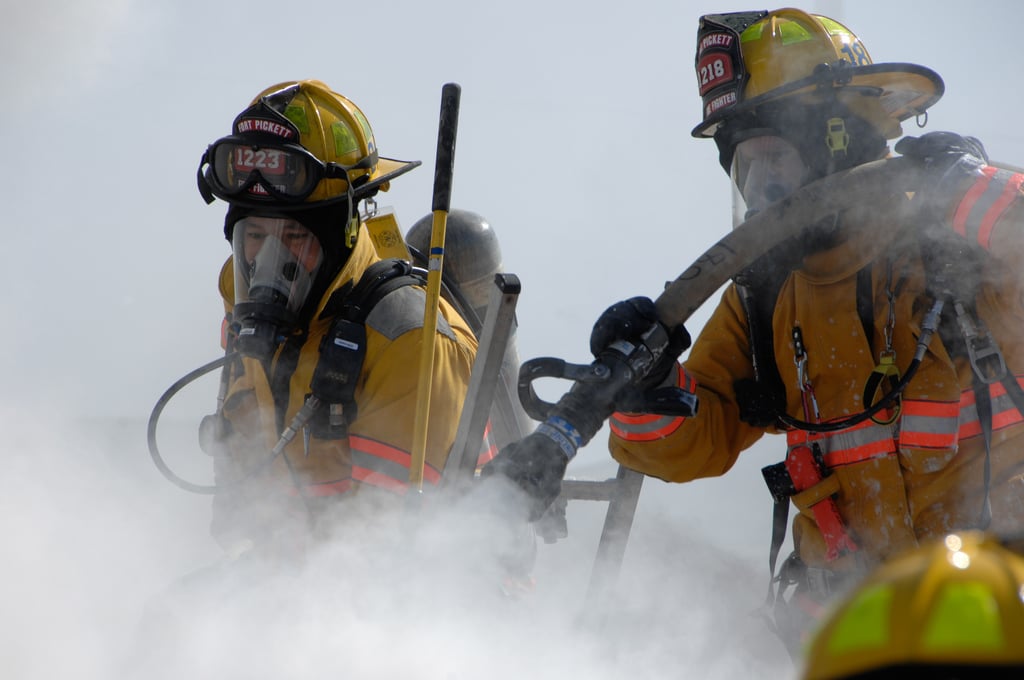The Instinctive Drowning Response: Drowning Doesn’t Look Like Drowning
The Instinctive Drowning Response: Drowning Doesn’t Look Like Drowning
I was forwarded a great article in the Coast Guard’s On Scene Magazine a few weeks ago by a friend, which went into drowning and the Instinctive Drowning Response. With Summer in full effect, I thought it appropriate to share with everyone here on ITS.
While we’ll look at the signs of drowning below, it’s important to note that it’s not like the movies where people are screaming for help and violently splashing the water. It’s often an undramatic event that doesn’t resemble drowning at all.
My only encounters with drowning victims were during pool evolutions at BUD/s. These examples aren’t really what you’d often see in a public setting, as these were men who were “red lining” (the instructor’s terminology for someone passing out underwater) rather than giving on the evolution. Their signs were motionless and void of any struggling or screaming. They just simply passed out.
Being a Lifeguard for my son’s Boy Scout Troop, I’m always staying up to date on my Lifeguard Certifications and CPR/First Aid through the Red Cross, but I’ve never been exposed to anything on the Instinctive Drowning Response and the specific signs associated with it.
Instinctive Drowning Response
Dr. Francesco A. Pia coined the Instinctive Drowning Response, which ” represents a person’s attempts to avoid the actual or perceived suffocation in the water. The suffocation in water triggers a constellation of autonomic nervous system responses that result in external, unlearned, instinctive drowning movements that are easily recognizable by trained rescue crews.
This is not to say that a person in the water that is shouting and waving is fine and doesn’t need assistance. They are in what is known as aquatic distress. They are not drowning, but realize they are in trouble and still have the mental capacity (and lung capacity) to call for help.”
Characteristics of the Instinctive Drowning Response
- Drowning people are physiologically unable to call out for help, except in rare circumstances. The respiratory system was designed for breathing. Speech is the secondary or overlaid function. Breathing must be fulfilled, before speech occurs.
- Drowning people’s mouths alternately sink below and reappear above the surface of the water. The mouths of drowning people are not above the surface of the water long enough for them to exhale, inhale, and call out for help. When the drowning people’s mouths are above the surface, they exhale and inhale quickly as their mouths start to sink below the surface of the water.
- Drowning people cannot wave for help. Nature instinctively forces them to extend their arms laterally and press down on the water’s surface. Pressing down on the surface of the water, permits drowning people to leverage their bodies so they can lift their mouths out of the water to breathe.
- Drowning people cannot voluntarily control their arm movements. Physiologically, drowning people who are struggling on the surface of the water cannot stop drowning and perform voluntary movements such as waving for help, moving toward a rescuer, or reaching out for a piece of rescue equipment.
- People’s bodies remain upright in the water, with no evidence of a supporting kick. Unless rescued by a trained lifeguard, these drowning people can only struggle on the surface of the water from 20 to 60 seconds before submersion occurs.
(Source: Coast Guard On Scene Magazine)
What this all comes down to is staying vigilant while you’re out on the water, or even relaxing by the pool in the backyard. Learn to recognize the characteristics of the Instinctive Drowning Response so you can react quickly in an emergency.











Discussion